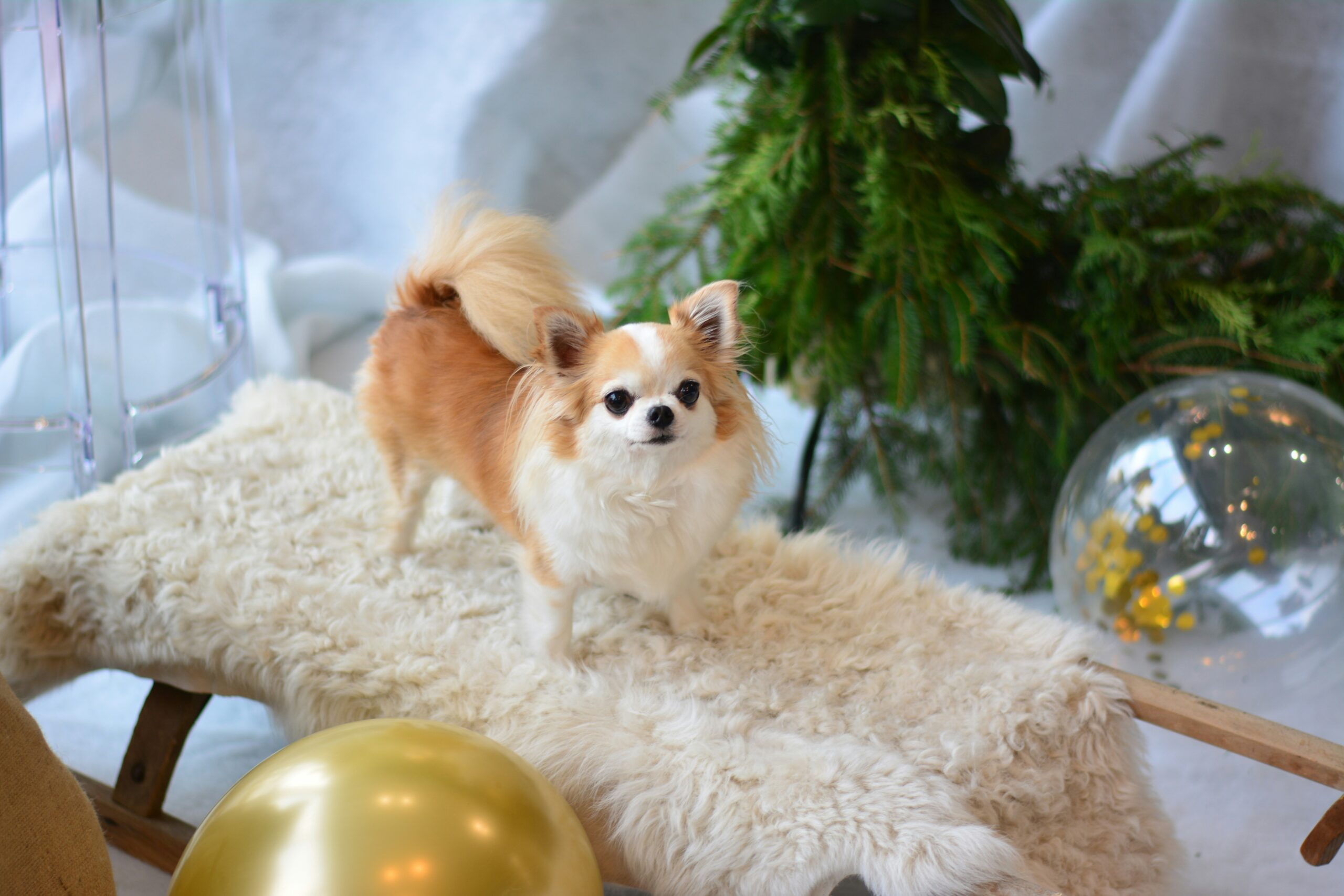As more people choose to live in urban settings, apartment living has become a popular choice for individuals and families alike. For those who share their living space with a small dog, training can be essential in ensuring a harmonious environment for both the owner and pet. Urban dwellers must navigate unique challenges when it comes to small dog training, such as limited outdoor space and close proximity to neighbors. In this article, we will explore effective tips and strategies for mastering apartment living with a small dog, helping you create a well-behaved and happy canine companion in your urban oasis. If you would like to learn more, contact professionals such as Ben Vernon or other dog trainers in your area.
Establishing a Routine for Potty Training
- Set specific times: Take your small dog out first thing in the morning, after meals, before bedtime, and every 2-4 hours during the day.
- Use positive reinforcement: Reward your dog with treats and praise when they potty outside. This will encourage them to continue this behavior.
Consistency is key when it comes to potty training. By establishing a routine and sticking to it, you can help your small dog learn where and when they should go potty. With patience and positive reinforcement, you’ll soon have a well-trained pup who understands the rules of apartment living.
Utilizing Indoor Exercise and Enrichment Activities
- Take advantage of indoor activities like hide-and-seek with treats to keep your small dog mentally stimulated.
- Set up obstacle courses using household items for physical exercise.
- Use puzzle toys or interactive feeders to engage your dog’s mind while you’re busy working from home.
Engaging in these activities can prevent boredom and destructive behavior in your small urban apartment. By incorporating a mix of mental and physical stimulation, you can help your furry friend stay happy and healthy inside your living space. Remember that a tired pup is a well-behaved pup, so be sure to incorporate these enrichment activities into their daily routine.
Managing Barking and Noise Control
- Address the cause of excessive barking: Identify why your small dog is barking excessively, whether it’s due to boredom, loneliness, fear, or excitement. Once you pinpoint the reason behind their barking, you can work on addressing it through training and environmental changes.
- Establish a consistent routine: Dogs thrive on consistency, so create a daily schedule that includes regular walks, playtime, meals, and quiet time. By providing structure in your small dog’s life, you can help reduce anxiety and prevent unnecessary barking.
- Use positive reinforcement: When your small dog remains quiet in situations where they would typically bark, reward them with treats or praise. This positive reinforcement will reinforce good behavior and encourage them to continue being calm and quiet in challenging situations. Remember to be patient as training takes time and consistency.
Socializing Your Small Dog in a City Setting
- Start Early: Begin socializing your small dog from a young age to prevent fear or aggression towards strangers, other pets, and unfamiliar environments.
- Exposure is Key: Regularly expose your small dog to various sights, sounds, and smells of the city such as traffic noises, crowds, and different surfaces under their paws.
- Positive Reinforcement: Use treats and praise to reward good behavior when your small dog interacts positively with people and other animals during outings in urban areas.
Implementing Positive Reinforcement Training Methods
- Start with small steps: Break down the desired behavior into smaller, achievable tasks.
- Reward good behavior: Use treats, praise, or toys to reinforce positive actions immediately after they occur.
- Consistency is key: Be consistent in your training approach and rewards to avoid confusion for your dog.
- Redirect unwanted behaviors: Instead of punishing bad behavior, redirect your dog’s attention towards a more acceptable action.
Positive reinforcement training methods not only help shape desirable behaviors but also strengthen the bond between you and your furry companion. By using positive reinforcement techniques consistently and patiently, you can effectively teach your small dog how to thrive in an apartment setting while creating a harmonious living environment for both of you.
Creating a Safe and Comfortable Living Environment
- Secure Your Space: Before bringing a small dog into your apartment, make sure to puppy-proof the area by removing any hazardous items that could potentially harm your furry friend. This includes small objects that may be swallowed, toxic plants, electrical cords, and sharp items.
- Designate a Cozy Spot: Set up a comfortable bed or crate for your small dog to retreat to when they need some alone time or rest. This designated spot will provide them with a sense of security and help establish boundaries in your living space.
- Establish Routine Potty Areas: Train your dog to use specific potty areas within your apartment complex or outside. Establishing these routines early on will help prevent accidents and ensure that both you and your pet are comfortable in your living environment.

